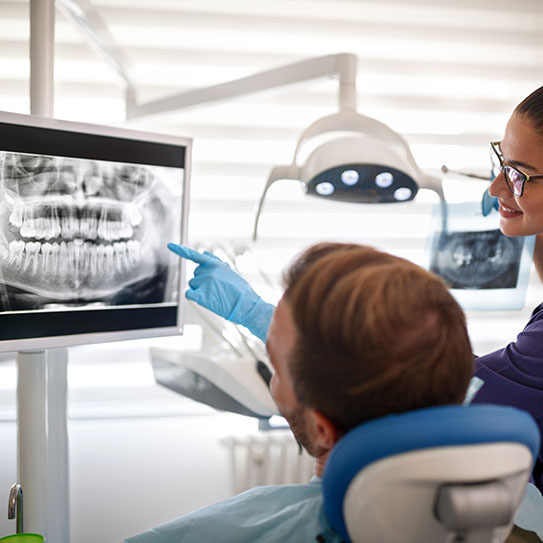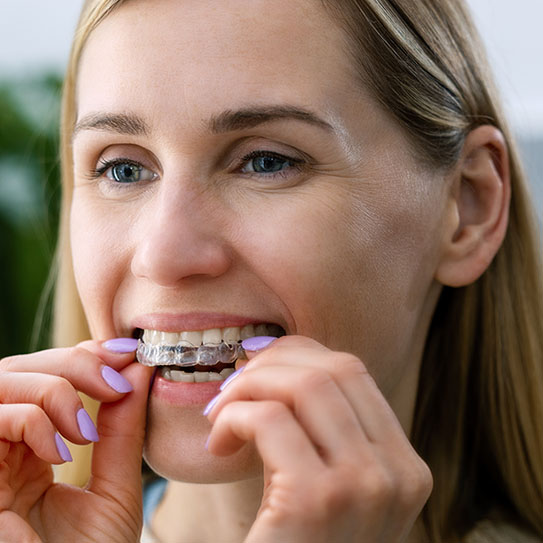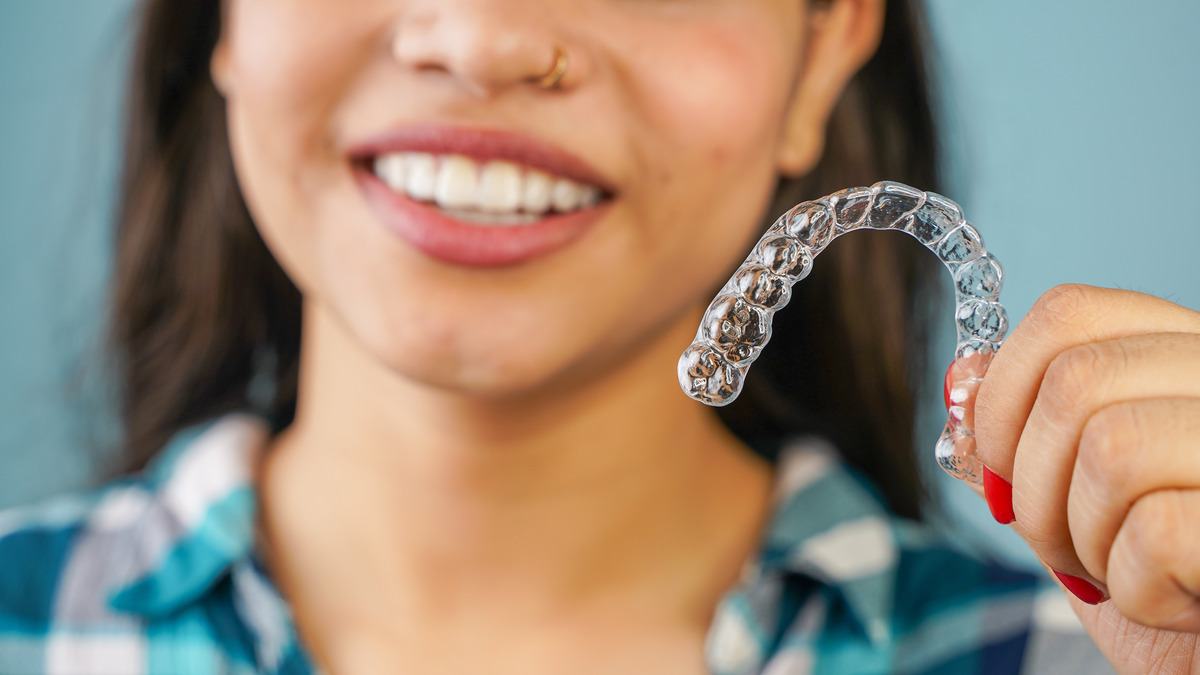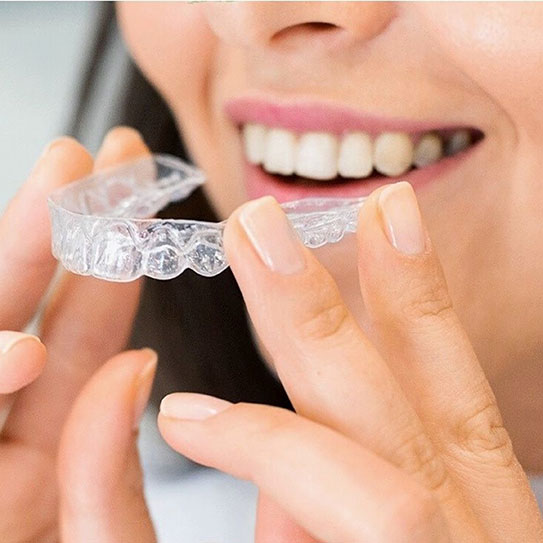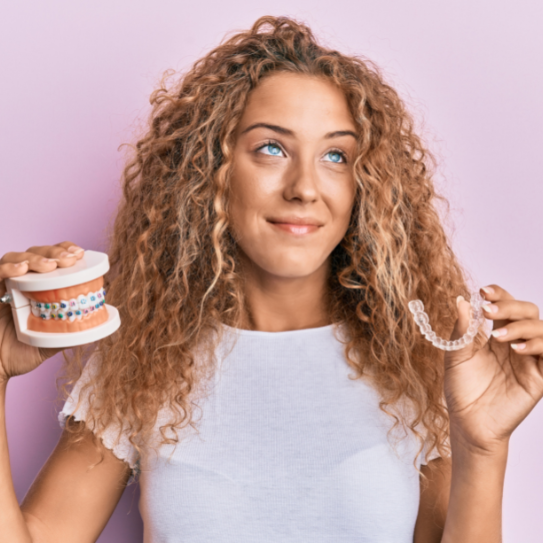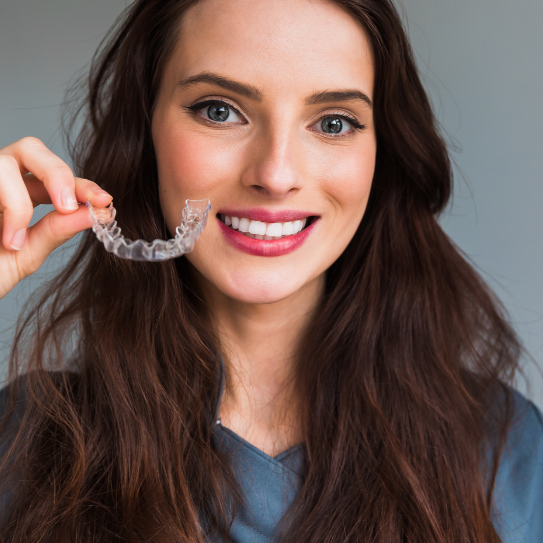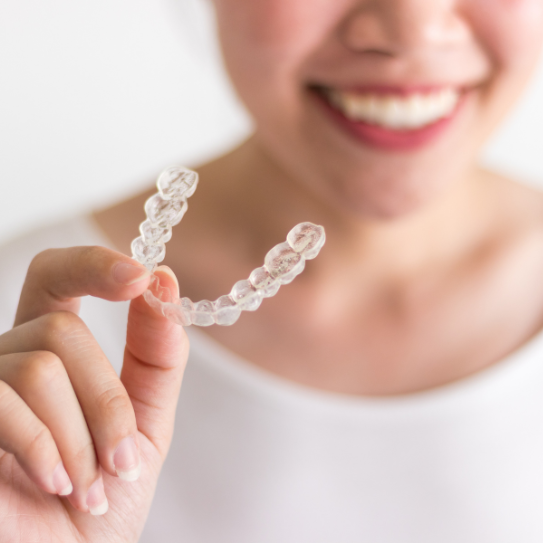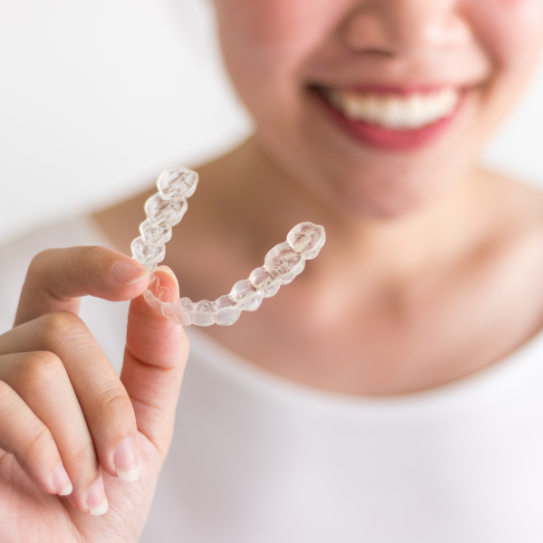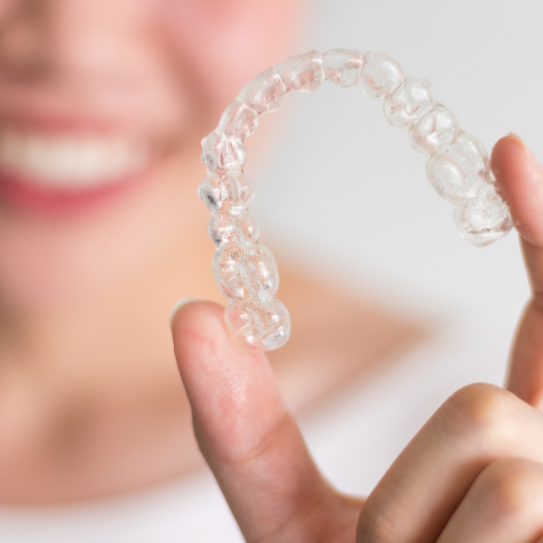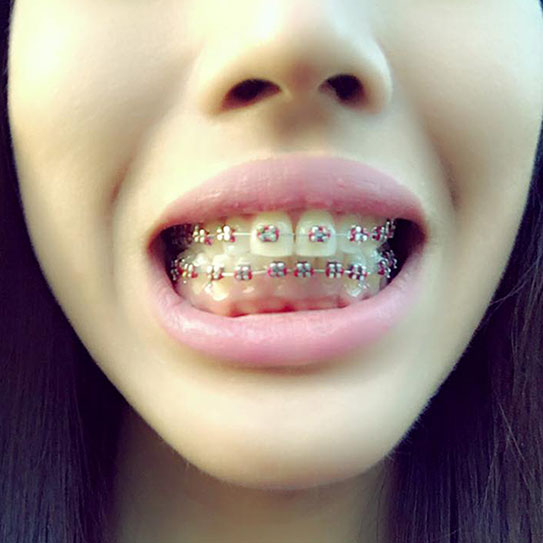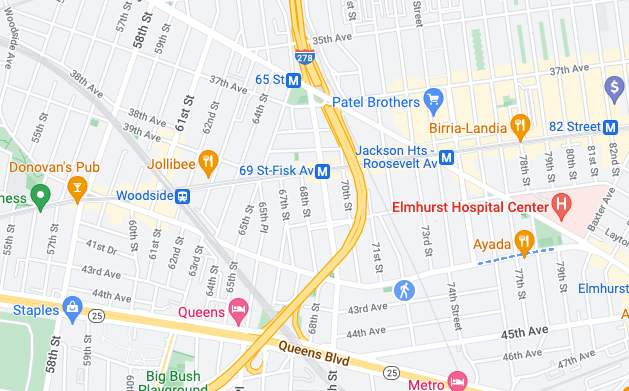Busting the Biggest Braces Myths
May 21st, 2025

Setting the Record Straight on Braces
Braces have been used to straighten teeth and improve smiles for decades, yet numerous myths still surround their use. These misconceptions can deter people from seeking orthodontic treatment that could significantly enhance their dental health and self-confidence. Let's debunk some of the most common myths about braces, particularly metal braces, helping you make a more informed decision about orthodontic care.
Myth 1: Braces Are Only for Kids and Teenagers
One of the most persistent myths is that braces are only suitable for children or teenagers. However, orthodontic treatment is highly effective for adults as well. More adults than ever are choosing to get braces thanks to advancements in orthodontic technology and aesthetic options. Metal braces have evolved to be much more comfortable and less noticeable than they were in the past, making them a viable option for people of all ages seeking to improve their smile and oral health.
Myth 2: Metal Braces Are Very Noticeable and Unattractive
While it's true that metal braces are more visible than clear aligners or ceramic braces, modern metal braces are far less bulky and conspicuous than their predecessors. Today's metal braces feature smaller brackets and thinner wires that are both effective and less visually prominent. Moreover, you can customize the color of the bands around the brackets, which can be a fun way to express personality through your treatment.
Myth 3: Braces Are Painful
Many people believe that getting braces is a painful process. While there may be some soreness when the braces are first applied and after each adjustment appointment, this discomfort is usually minor and temporary. Advances in orthodontic technology have greatly improved the comfort of wearing braces. Today's metal braces are designed to move teeth gradually and gently. Any initial discomfort can typically be managed with over-the-counter pain relievers and will lessen as your mouth adjusts to the braces.
Myth 4: Treatment with Braces Takes Several Years
The duration of treatment with braces can vary depending on the complexity of the orthodontic issues being addressed, but it does not always take several years. While some individuals may need extended treatment, many can achieve their desired results in much shorter periods. The average treatment time for metal braces is often around 18 to 24 months, but it can be shorter for those with minor alignment issues. Consistent follow-ups and adherence to your orthodontist's recommendations can also help ensure that treatment progresses as swiftly as possible.
Myth 5: Braces Prevent You from Eating Most Foods
While it's true that some foods should be avoided during orthodontic treatment with metal braces, such as hard candies, popcorn, and whole nuts, these restrictions are not as extensive as some might think. The key is to avoid foods that could damage the braces or get stuck in them. Most foods can still be enjoyed by simply cutting them into smaller, manageable pieces. The dietary adjustments required with braces are minor compared to the lasting benefits of the treatment.
Myth 6: Braces Frequently Cause Cavities
Another common myth is that braces cause cavities. Braces themselves do not cause cavities; however, they can make it harder to clean your teeth effectively, which can increase the risk of cavities if good oral hygiene practices are not followed. It’s crucial to brush and floss diligently when you have braces. Using tools like interdental brushes and floss threaders can help you maintain excellent oral hygiene throughout your treatment.
Myth 7: Once Braces Are Removed, Your Teeth Will Stay Perfect Forever
Finally, some believe that once braces are removed, no further action is needed to maintain their new smile. However, retaining the results of orthodontic treatment is just as important as the treatment itself. Teeth have a tendency to shift back to their original positions over time, which is why wearing a retainer as directed by your orthodontist is essential after braces are removed. This ensures that your teeth remain in their new, correct positions.
Take the First Step Towards a Straight Smile
Understanding the truth about metal braces and other orthodontic treatments can help demystify the process and ease any concerns you might have about pursuing treatment. If you've been considering braces but have been put off by common myths, we hope this information encourages you to take the next step towards a healthier, more beautiful smile. Consult with Bruno Braces in Woodside to discuss your options and what type of braces would best meet your needs. Don’t let myths keep you from achieving the smile you’ve always wanted!
